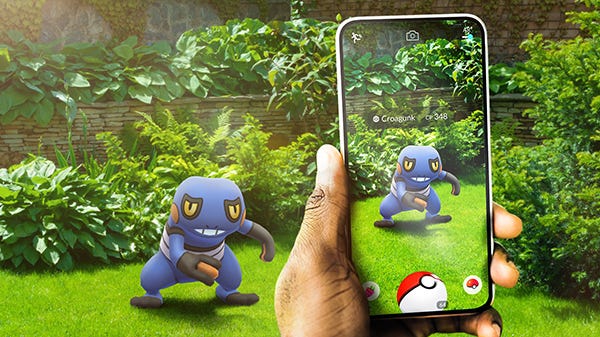Carmack: Lessons from the Gear VR paved the way for Oculus' current mobile VR
Oculus CTO John Carmack discusses some of the Gear VR's shortcomings and how lessons from the phone-powered VR headset led to improvements in other portable VR products.

Oculus CTO John Carmack offered what he called a eulogy for the Gear VR, taking a moment during his portion of the Oculus Connect 6 keynote to discuss some of the phone-powered headset’s shortcomings and how lessons from the Gear VR led to improvements in other portable VR products.
“I do think that we missed an opportunity here," says Carmack. "I invested a whole lot of effort into it, and it’s the foundation that we built all the mobile things off of.”
Carmack explains that, though Samsung wouldn’t let him share exact figures, the Gear VR had a “much larger” userbase than Oculus’ other headsets, but that retention was significantly below the Quest, Rift, Rift, and even the Oculus Go despite Oculus having poured “significant amounts of money” into to content on the Gear VR.
“There’s a clear lesson here with this stark contrast of how much retention that we have on the same content on Go, and it really speaks again of the importance of friction in getting into the experience,” said Carmack. He notes that, internally, they though part of those retention issues came from early issues with overheating, and concerns over draining a phone’s battery to play. “But far and away I think the biggest issue was just the friction of getting into it.”
He contrasts the Gear VR with Google’s phone-powered Daydream VR line, noting that Google chose to sacrifice things like headset-mounted controls or an integrated IMU to make the actual process of putting a phone into the headset as simple and drop-in-and-go as possible.
“The lessons we learned from this is that it’s almost always better to trade things to make it easier and faster to get into the experience,” said Carmack.
Oculus’ modern portable headsets take this lesson to heart. Both leave behind the idea of external device-powered VR in favor of offering experiences that VR users can pick up and drop directly into. The Quest especially, as Facebook CEO Mark Zuckerberg mentioned in Oculus Connect’s day one Keynote, has found a strong following in its early days. The VR headset, released just four months ago, is responsible for 20% of the roughly $100 million Oculus’ digital game and app store has seen to-date, despite Oculus as a whole launching its first headset in 2016.
The reach of the Rift is set to expand soon as well through this November’s launch of Oculus Link. Link offers a way for Quest owners to connect their portable headsets to a PC and play games designed for the PC-tethered Oculus Rift, though Carmack notes that the decision to bring Rift compatibility to the Quest via a USB-C cable comes at the expense of some performance.
“It’s not necessarily the best user experience in some ways, but it gives you the best flexibility by far,” says Carmack.
About the Author(s)
You May Also Like












